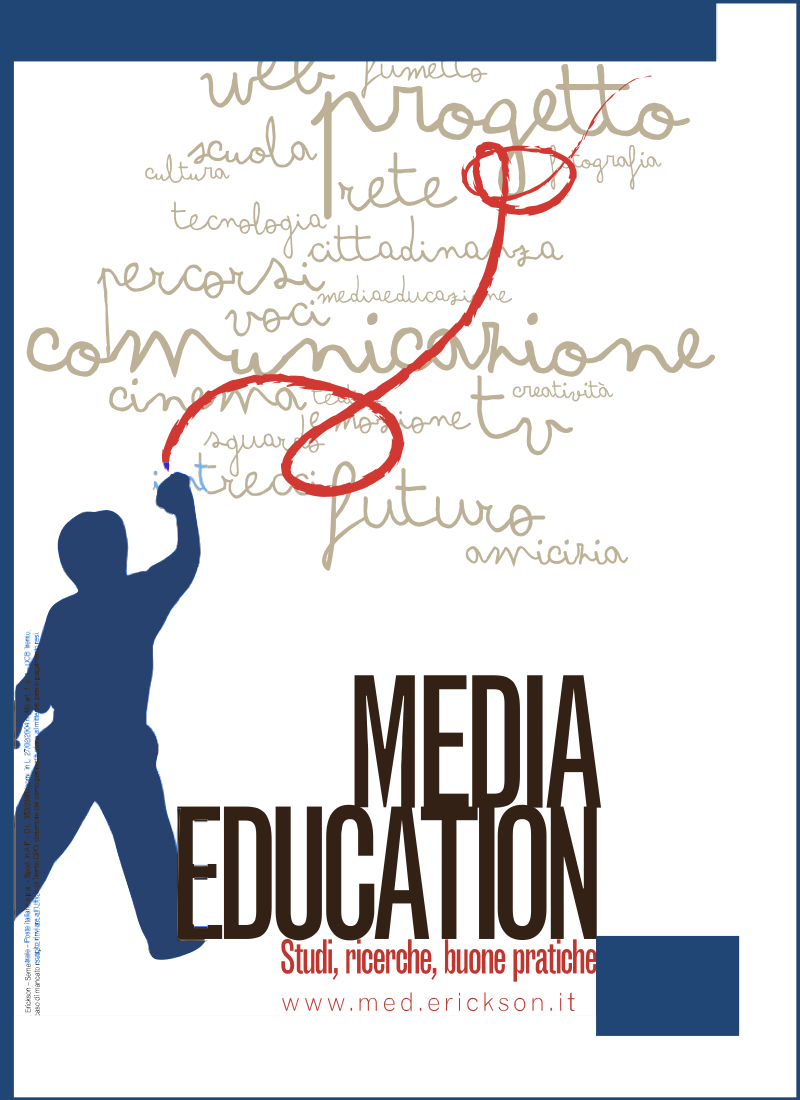Published 2020-04-30
Keywords
- Espressione, fantasia, rispetto, ascolto, inclusione,
- Expression, imagination, respect, listening, inclusion
Abstract
Al Centro Socio-Riabilitativo Diurno I Tigli di Savignano sul Panaro, gestito dalla Cooperativa Sociale Gulliver di Modena, da qualche anno si utilizzano i media per ottimizzare le potenzialità di ognuno: il progetto Video e Disabilità ha l’obiettivo di coinvolgere i ragazzi del Centro elaborando un prodotto che permetta anche l’inclusione sociale sia sul territorio, sia a livello più generale. L’utilizzo della video camera è molto coinvolgente, aiuta nello specifico a rispettare gli altri e ad attendere il proprio turno per ‘entrare in scena’. Il susseguirsi delle scene permette anche di riconoscere il tempo che passa e che determina gli eventi. Gli eventi delle varie sequenze vengono compresi per arrivare alla produzione di un film. I ragazzi pazientano e ripetono diverse volte le scene, poi piacevolmente si riguardano e scelgono il pezzo migliore da salvare.
Over the last years, at the Centro Socio-Riabilitativo Diurno I Tigli in Savignano sul Panaro, media have been used for the improvement of young people behaviours and skills. The Centro is managed by the Cooperativa Sociale Gulliver from Modena. The project here presented is titled Video and Disability. It aims at involving teens in the development of a digital product to support their social inclusion on a local and even more general level. The use of a video camera can engage teens and teach them to respect the others and wait for their turn to ‘come on the scene’. The succession of scenes allows them also to recognize the passing of time and how events are determined. The events of the various sequences must be understood in order to produce a film. The teens calmly wait and repeat several times the scenes, then they pleasantly review and choose the best pieces to be used.

